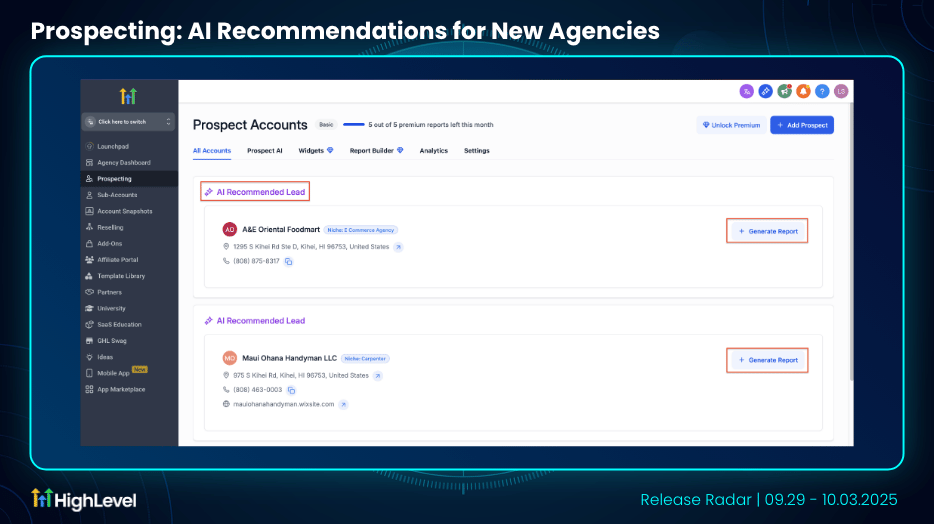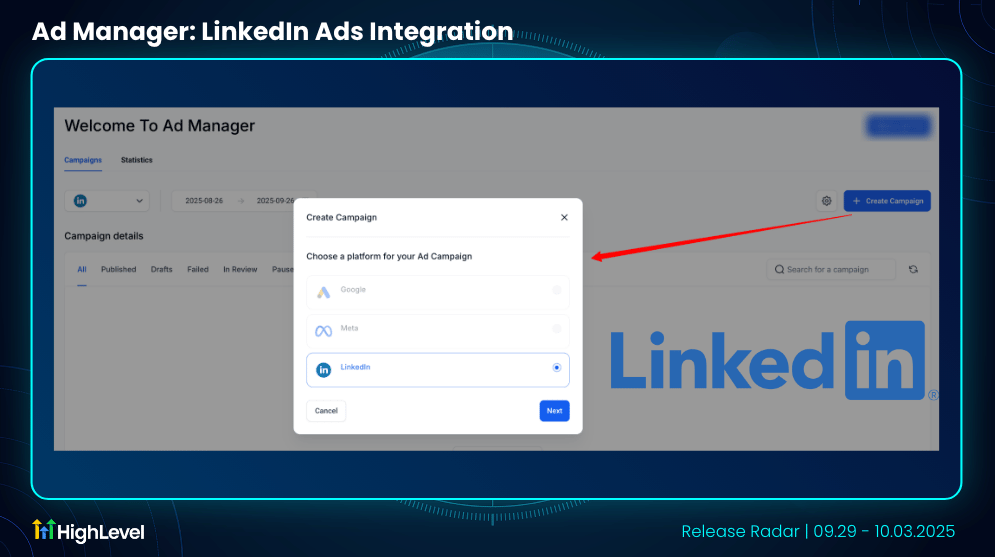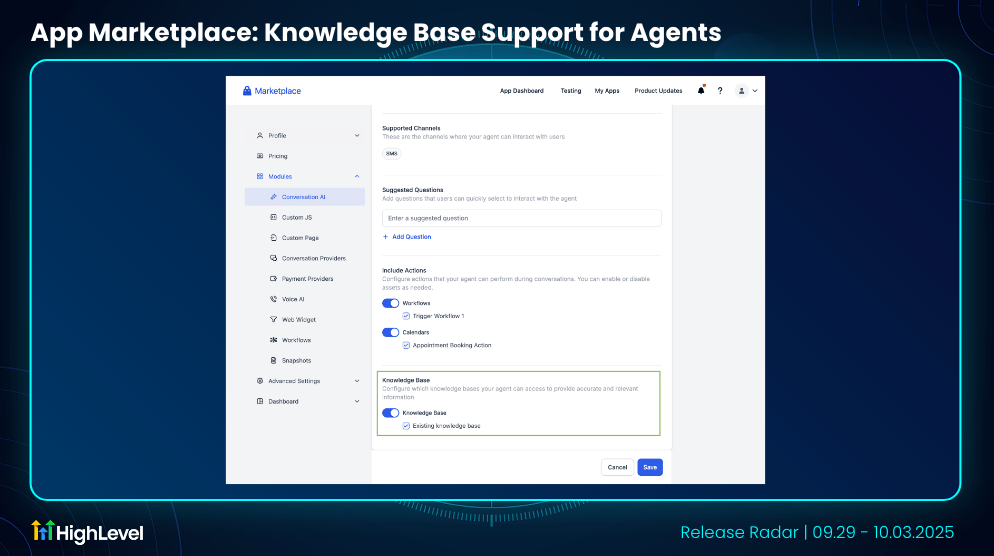- Command Post
- Posts
- Dispatch #019 | The Digital Wound
Dispatch #019 | The Digital Wound
Blueprints Before Bandages

7 Min Read
“If you think good architecture is expensive, try bad architecture.”
Let me tell you something I’ve seen a hundred times.
A business owner walks into our world. They’re already wounded and holding a cheap band-aid.
They say things like: “Can you help with our marketing?” or “We just need better ads.” or my personal favorite, “Maybe a new website will fix things.”
But behind the words, I see the truth which is nine times of ten is their systems are bleeding out.
No infrastructure. No integrations. No plan.
They’ve spent 6 months throwing money at symptoms while the root problem rots beneath the surface.
The CRM is a mess. Workflows don’t work. Their data lives in 14 different places, and none of it talks to each other.
Or even worse, there is so much manual and analog work happening in the background and none of it documented. Mother of God.
So I propose a viable solution which was a Digital Presence Audit and a Process Mapping session that will lead into building the Technical Architecture. The owner flinched at the price.
“$2,800?! That’s insane.”
No, what’s insane is bleeding out $18K over six months for an IV drip that never even reached the bloodstream.
You wouldn’t build a house without a blueprint. You wouldn’t walk into surgery without a diagnosis. So why the hell are people building businesses without a digital foundation?
This is the hill I’ll die on, architecture builds infrastructure. Period.
If your tech stack is weak, your business is fragile. If your systems are disconnected, your brand is schizophrenic.
And your customers? They feel it, even if you don’t.
We’re not in the business of putting lipstick on a funnel. We’re here to cut out the infection and rebuild the entire nervous system of your business.
This is triage because a good architecture allows you to defer costly critical decisions for as long as possible, to the point you have enough information to make a quality decision.
“Good architecture makes the system easy to understand, easy to develop, easy to maintain, and easy to deploy. The ultimate goal is to minimize the lifetime cost of the system and to maximize programmer productivity.”
TL;DR | Quick Brief Links

Mission Debrief: The $3K Band-Aid
The discovery call started like many others. A seasoned contractor with decades in the game. No ads. No gimmicks. Just word-of-mouth and craftsmanship.
The owner runs a full-service remodeling business for condos, kitchens, and whole-home projects.
Thirty years of building trust. Thirty years without ever running an ad.
He didn’t call us because business was bad. He called because he finally admitted something was missing.
Every lead came through his personal phone. Every appointment was scribbled in a notebook. Every follow-up was a manual text or callback between job sites.
He wasn’t short on work. He was short on systems.
When one of our Operators began the discovery, she didn’t pitch automation or ads.
She diagnosed the real wound.
This person didn’t have a marketing problem, he had an infrastructure gap.
If he flipped on paid ads tomorrow, he’d drown in leads before a single campaign hit optimization.
So instead of building blind, our Operator pulled out the RevForce playbook and began with step one, Process Mapping.
She broke it down like blueprints before construction. Mapping how calls come in, where client data lives, and which tasks could be automated to buy back his time.
The $2,800 mapping session would become the scaffolding for everything else: CRM, automations, website, and even future AI integrations.
It wasn’t sexy. It wasn’t instant. But it was the right move.
Just like building physical infrastructure, the same principles apply to the digital realm.
You can’t pour concrete before framing the foundation.
✅ What We Did:
Recommended a full Process Mapping session to clarify process phases. (The decision is now in the hands of the business owner)
🔥 Tactical Takeaways (For Business Owners Seeking Service Providers)
Don’t start with ads. Start with architecture. You can’t scale chaos.
Time on the phone is inefficiency. Every repeated conversation can become an automation.
Blueprints before builds. A $2,800 Process Map can save $15K in rebuilds later.
If your business lives in your head, it’s not scalable it’s fragile.

I chuckle most days because each week without fail, I meet with another small business owner experiencing symptoms that usually stem from their digital infrastructure or lack there of.
The industries are different but the pain is the same.
It’s a tale as old as time. A business running on grit, experience, and reputation but stitched together with calendar apps, spreadsheets, and late-night phone calls.
It’s what I call the silent bleed. Revenue slipping through inefficiency. Opportunities lost because the system can’t keep up with the skill.
And it’s no one’s fault. Most owners were trained to build with their hands, not with coding software.
But lately, we’ve seen a new trend accelerating the problem, the rise of “vibe coding.”
Everyone’s racing to build fast with a “Triple D Approach”: Drag, Drop, and Deploy.
Platforms like Lovable, Replit, and Softr have made it feel effortless to spin up a landing page, launch a business app, or automate a workflow.
And truth be told, we use those same tools at RevForce. They’re powerful. Efficient. Inspiring.
But here’s the danger, vibe coding creates motion without architecture.
You start stacking features before defining function. You confuse momentum with mastery.
You can build something that looks alive but has no skeleton underneath it.
That’s where the words of Robert Martin aka Uncle Bob come crashing through the noise:
“Architecture is about the intent of your business and a good architecture maximizes the number of decisions not made.”
A good system isn’t just a collection of tools, it’s a physical manifestation of intent.
Each use case you define is a statement of purpose. Each workflow you design is a reflection of priorities.
You design enough structure to move forward, but you don’t box yourself in too early.
You defer decisions until you have the data to make them wisely. Because when it comes to infrastructure, it never pays to rush.
That’s why our Process Mapping sessions exist. They’re not bureaucracy. They’re insurance.
They turn “vibe” into vision and vision into systems that actually hold because architecture isn’t about moving fast, it’s about moving forward without regret.

Time for your recon drop.
This is Actionable Intelligence that matters, globally and inside the HighLevel war room.

IBM Released Granite 4.0
IBM just came out swinging.
This week, they dropped Granite 4.0, a new family of open-source language models that run faster, smarter, and cheaper than anything in its weight class.
And here's the shockwave: Even their smallest model (3B parameters) is outperforming their older 8B model.
Translation? Smaller brain, bigger punch.
The Tech Behind It: Granite 4.0 uses a hybrid architecture combining:
Transformers (a.k.a. what powers ChatGPT)
Mamba (a newer, hyper-efficient sequence model)
Think of it like this, Transformers read the whole book at once but Mamba reads it page by page.
Granite 4.0 does both. Fast.
Why it matters:
Most LLMs choke when fed large prompts. Granite? It scales linearly. In other words, the more you throw at it, the faster it goes.
It is the First ISO 42001 Certified AI. IBM is also now the first company to release an open-source model with internationally certified governance standards.
That’s a huge flex for any enterprise worried about AI compliance.
Security is clearly important in this process and IBM is backing it with a $100K bug bounty. It is Enterprise-ready and fully open source (Apache 2.0 license).
Where Meta left a vacuum, IBM just filled it.
Tactical Implications:
Granite comes in multiple sizes, depending on your machine and use case:
1. Micro / H-Micro (3B) – For local devs & edge applications (needs ~5GB VRAM)
2. Tiny (7B/1B active) – For fast function calling, lightweight automations
3. Small (32B/9B active) – Handles full-on multi-agent orchestration
If you’re running LM Studio, Replicate, HuggingFace, or Docker, these models are plug-and-play ready.
Resource: IBM's Granite 4.0 Drops

HighLevel | Weekly Feature Updates
Here are my top three choices from this week’s HighLevel Feature drop.
Prospecting: AI Recommendations for New Agencies
These recommendations use the agency’s own business niche, location, and postal code to surface a few relevant, high-quality local leads.
The goal is to give new agencies a head start, help them see value in the Prospecting Tool sooner, and encourage them to take their first actions, such as generating audit reports and turning on Prospect AI for continuous discovery.

Ad Manager: LinkedIn Ads Integration
Now you can connect your LinkedIn Ad Accounts and build Lead Generation and Website Traffic campaigns directly within HighLevel.
With this addition, you can manage all three major ad platforms: Meta, Google and LinkedIn, in one place.

App Marketplace: Knowledge Base Support for Agents
Agent Builders can now include a Knowledge Base inside the agents they list on the marketplace.
While publishing an agent to the Marketplace, you’ll now see an option to include the associated Knowledge Base. This Knowledge Base will automatically be bundled with the agent during installation.

📺 Want the Full Feature Breakdown?
Upcoming HighLevel Events
#1. LEVEL UP 2025 | DALLAS, TX | October 13–16, 2025
Tickets are unfortunately SOLD OUT
But if you have already purchased your ticket, Jazmin, myself, and the rest of the RevForce team look forward to seeing and meeting you in Dallas, TX, USA.

Alright Be Honest, How’d I Do?
Your opinion matters to me.
Seriously. I don’t write this newsletter because I’ve got nothing better to do.
I do it because I am hell bent on building REAL value for you.
Did this Dispatch deliver? Or should I call in an airstrike and start fresh?
Drop a comment or leave some stars
⭐️ ⭐️ ⭐️ Mission Accomplished – Tactical, tight, and ready for deployment
⭐️ ⭐️ Needs Reinforcements – Some hits, but it’s limping
⭐️ Mission Failure – Absolute FUBAR
Until next week,
Stay Frosty!
Michael

Reply